If you want to divide a room of cosmetic doctors, ask them what they think about threads. Some will tell you they’re the best thing since sliced bread for their ability to replicate the effects of a lower facelift without surgery, and others will baulk at the mere mention of the word and tell you they’re dangerous and should be avoided at all costs. Which leaves you, as the person wondering if you should get a thread lift, at a bit of a loss. For a while, we didn’t really hear much about threads in the industry. Sure, the occasional new type launched onto the market and doctors would talk about them on stage at conferences, but there wasn’t any drama.
The fox eye problem
Then ‘fox eyes’ happened. If you’re not aware, this is a trend for reshaping the eyes by elongating the tail of the eyebrow – sort of dragging it up and out towards the temple using a thread inserted under the skin for a sultry, ‘foxy’ look. It’s concerning for a few reasons – some of which we won’t get into here – but in short, it sparked a huge debate in medical aesthetics about threads. Some reputable, skilled practitioners provide it, but mostly it’s performed by non-medical aestheticians with very limited experience and training in threads who offer the procedure at an attractive price. This means the majority of people who have it done – usually young women and men who haven’t done much research and don’t have a big budget – end up, for want of a better word, botched. Complications from threads are pretty hard to un-complicate; things like infections, rippling of the skin, granulomas and threads actually visibly poking out of the skin are all common with a lot of ‘fox eye’ procedures.
But threads can be great
But this isn’t to say that threads are a terrible idea full stop – far from it. There are a lot of TTG-listed practitioners who would never perform a fox eye thread lift but love threads for a multitude of reasons and perform them regularly in their clinics, to great success. So what’s the difference? “We feel that fox eye thread lifts are really a media hype,” says Dr Charlotte Woodward. “The treatment is really a lateral canal lift that we feel is only beneficial for patients who have a suitable eye shape. It’s not a treatment that I would recommend to my patients.” Dr Woodward works alongside Dr Victoria Manning at River Aesthetics, with clinics in London, Bournemouth and Lymington. They are true industry authorities on threads, which is exactly why – even though they’re very pro thread lifts – we asked them to weigh in on the debate. “Thread lifts are able to address all the considerations of ageing; repositioning superficial fat while simultaneously stimulating the body to create its own collagen, improving skin quality and enhancing results,” says Dr Manning. In the correct patients we are able to consistently deliver impressive, repeatable results with very low complication rates.”
Ideal candidates
It’s this patient selection that is absolutely key when it comes to a safe and aesthetically successful thread lift. Just today, 30-year-old former Big Brother contestant Ryan Ruckledge was on This Morning sharing his horror story involving a near miss with sepsis following a ‘gifted’ fox eye lift that frankly, he just didn’t need. And this is the narrative that tends to repeat when threads go wrong – a too-young patient without the slightest hint of sagging skin, a promise of a quick, easy treatment with no downtime, and an unethical, non-medical practitioner who doesn’t know what they’re doing – and shouldn’t be doing it in the first place.
Dr Woodward says the minimum age patient she has ever performed a thread lift on is 28, but the patient had a series of medical issues that gave her an unusually high level of skin laxity for her age. Generally speaking, 35 is the youngest she and Dr Manning would consider performing the treatment on. Alice and I tend to be even more conservative when readers ask if it’s something they should do… over 40? 50? This is because you need to actually have a level of ageing in your face that warrants hiking up and shifting around those anatomical structures.
“Patient selection is incredibly important to ensure that results last and to reduce the risk of complications. The complications we are asked to rectify are ones that have predominantly been carried out by beauticians or other non-medically trained practitioners incorrectly placing threads too superficially, or incorrectly full stop. A correctly-trained clinician, will take care to educate patients that threads are not a one-stop shop to correct all signs of ageing and that the treatment often needs to be combined with other skin treatments and cared for through lifestyle choices, such as not smoking,” says Dr Manning.
Which threads?
So, say you’re over 40, have a decent degree of sagging skin and definition loss in your face, and are willing to seek out an excellent practitioner. Which kind of threads should you get? There are a few types which you can read about in our free threads factsheet here, but the ones that seem to be the best idea for most are collagen-stimulating, re-absorbable threads. Drs Manning and Woodward are key opinion leaders (and also training providers for) Silhouette Soft, a brand of collagen-stimulating threads with an innovative way of working and high safety profile. They’re also only sold to vetted medical practitioners, which is a green flag for any product that goes into your skin.
These threads are made from polylactic acid – a bioplastic used in dissolvable stitches, so well-proven to be safe. She explains, “The threads are dotted with a series of bi-directional cones to instantly lift the subcutaneous tissue of the face, and in time stimulate the body’s own collagen production. The treatment is ideal for patients with good quality skin who have mild to moderate sagging and want a treatment that will address their nasolabial folds, marionette lines and improve their jawline definition.” When performed correctly, the treatment gives a natural, soft but noticeable lift, in turn smoothing out deeper-set lines and folds and giving the face back its former structure.
Can you have a face-lift after threads?
One group of people who are rarely in favour of threads are facial plastic surgeons. Alice recently heard one world-class surgeon saying that opening up some people’s faces was like going into an old junkyard, as a result of procedures like threads that cause scarring or fibrosis along the lines where the threads were placed. She asked another world-class, US-based plastic surgeon, Dr Steven Cohen (who can now also be found at the Cadogan Clinic in London) about this.
Our verdict
If you’re the right candidate and you go to a highly-skilled, experienced practitioner who uses a type of threads with a proven safety profile and which give lasting results, go for it. And yes, you can still have a face lift later on. One last thing to know – in order to legally perform thread lifts a clinic has to be CQC registered (Care Quality Commission). This is the same standard by which hospitals and plastic surgery facilities are regulated to make sure they’re providing high levels of patient care, so make this a priority when you’re choosing a practitioner.
Related Stories
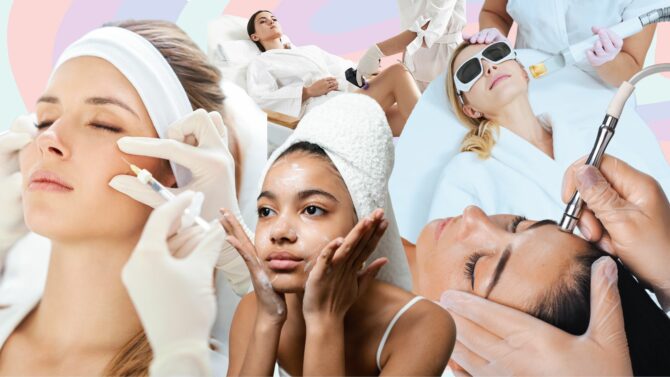
Concerns
The Tweakment Ladder: How To Take Your First Steps In Tweaks
Given the huge number of tweakments available, it’s increasingly hard to work out where you should...
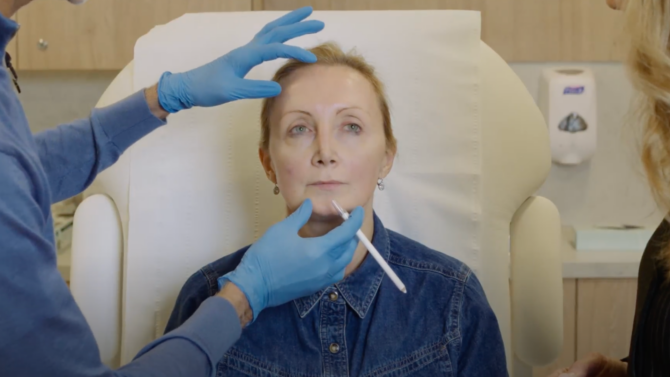
Tweakments
Less Is More – How To ‘Press Pause’ On Ageing With Natural-Looking Filler
Can we really ‘press pause on ageing’ using dermal filler? Alice visited globally-renowned...
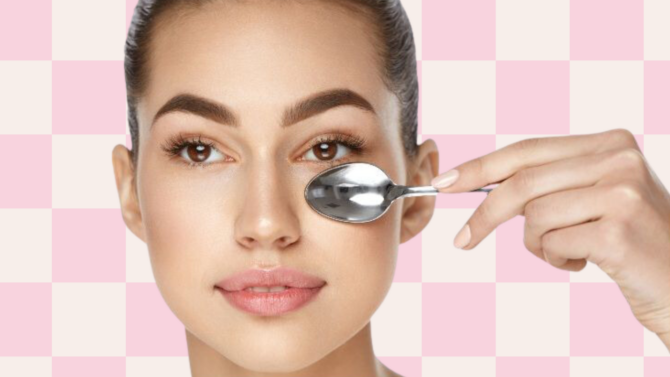
Tweakments
Three Free Tweaks
After my recent story about The £1000 face, I thought I’d better tone it down a bit and write...
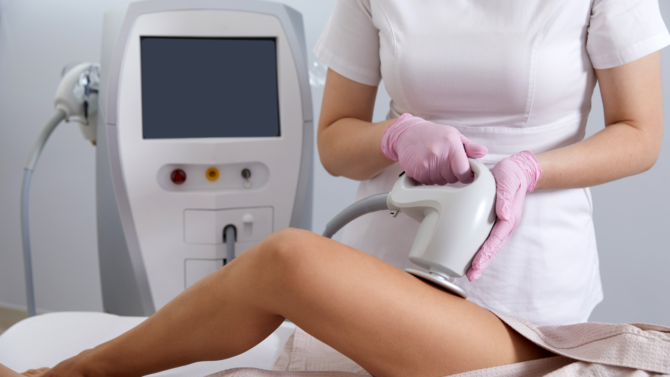
Concerns
The Best Body Treatments That Go Beyond Fat Loss
Rightly or wrongly, when it comes to our bodies and especially body tweakments, we tend to focus on losing...

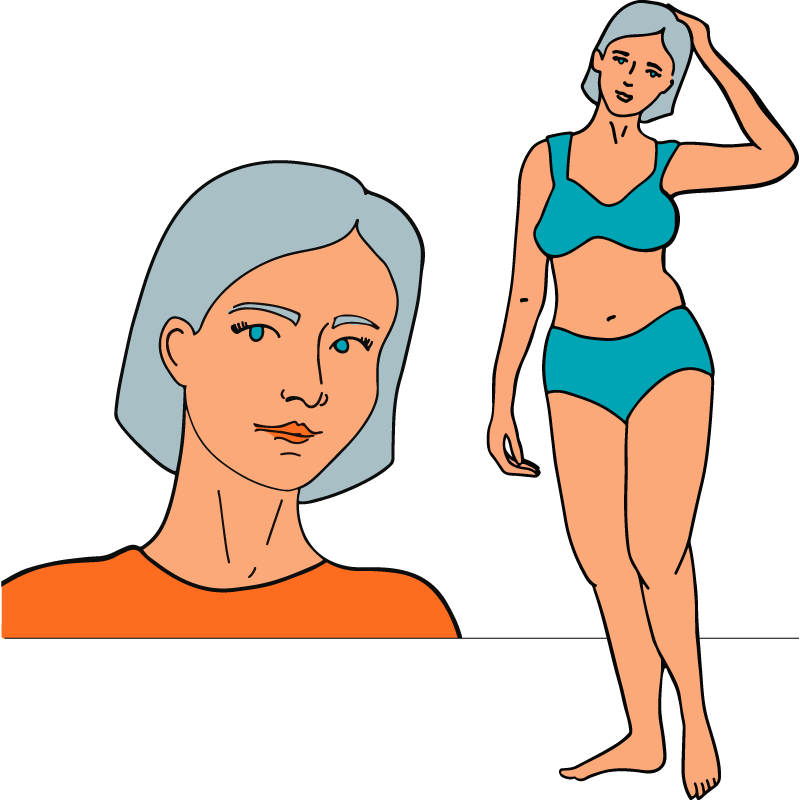

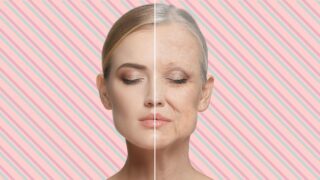

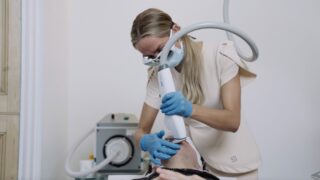

 The Tweakments Chatbot
The Tweakments Chatbot